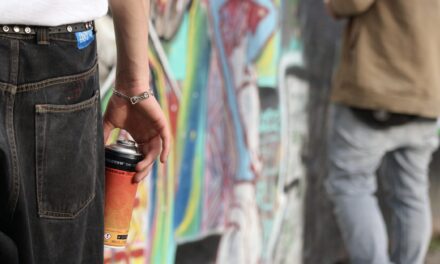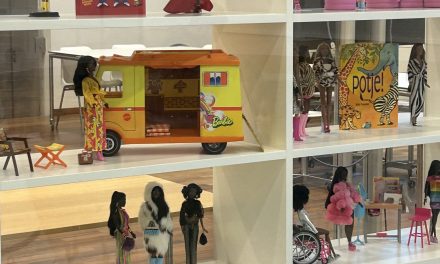At the Oosterpark in Amsterdam, everything seems peaceful. The sun is shining, people are taking a break and enjoying the weather. Nothing suggests a climate crisis. No extreme heat waves, no flooded paths, no dead trees. But appearances can be deceiving. The Intergovernmental Panel on Climate Change (IPCC) warns that humans are not only the biggest contributors to climate change but also the ones who will bear the heaviest burdens. Yet, when the world around us still looks normal, how urgent does the need to change our behavior feel?
The distance from nature makes climate change less tangible
Climate change is intangible, which makes it difficult to make people aware of it. “Climate change is not only a complex concept but also abstract for our senses,” says Nico Benoist, behavioral researcher at the research group Psychology for a Sustainable City of the Hogeschool van Amsterdam. “We often don’t see it happening directly around us, we don’t feel it, we don’t smell it. Only when the consequences become tangible, such as extreme heat or natural disasters, do people become emotionally involved and motivated to act.”
Yet, many people live in urban environments, far from nature, making the impact of climate change less visible. “We know from research that people who see themselves as separate from nature exhibit less sustainable behavior,” Benoist explains. “If you consider yourself part of nature, you are more likely to make environmentally conscious choices.” That’s why initiatives like HiddenBiodiversity in Amsterdam are important. “By reconnecting city dwellers with nature, we strengthen that connection and encourage more sustainable behavior.”
How can behavior change play a role?
When it comes to behavioral change with the greatest impact on the climate, it is not only important to adjust one’s own sustainable behavior but also to use social influence. “Having conversations about sustainability and demonstrating sustainable behavior to others has a big effect,” says Benoist. “If you buy second-hand clothing or choose a sustainable brand, make it visible. Or invite friends and family over for a vegetarian meal to show how delicious and easy it can be.”
According to Benoist, this approach works because social norms can change quickly when people see others adopting sustainable behavior. “This called the ecological handprint: the positive influence you have on the choices of others. The more visible sustainable behavior becomes, the faster it can turn into a new norm.” Benoist compares this to previous societal shifts: “In early 2025, many Dutch users switched from WhatsApp to Signal. Beyond Meta’s policy changes and the growing demand for privacy-friendly alternatives, this shift was fueled by people actively discussing the move with friends, family, and colleagues. or signaling their preference through their bio or profile picture. That’s handprint behavior in action.”
He also emphasizes the importance of visible and positive communication: “Not just ‘practice what you preach,’ but also ‘preach what you practice.’ Show others how sustainable behavior has a positive impact and make it a topic of conversation so the norm shifts.” Climate change remains a complex and sometimes sensitive topic, but the more often it is shared in an accessible way, the greater the chance that behavioral change will take hold.
From seeing to doing: why social norms are the key to climate action
Behavioral change is not primarily driven by what people see around them but by social norms. If sustainable behavior is not widely accepted or visible, many people will stick to their habits, even if the effects of climate change become clear. Even when individuals witness the impact of climate change, such as natural disasters or biodiversity loss, it does not automatically lead to action. Only when sustainable choices become visible within social circles and are seen as the new norm does real change begin.
Listen to the audio report here:




